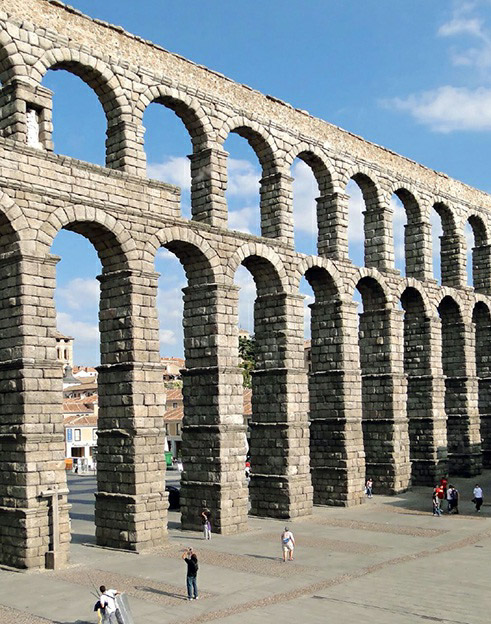The development of agriculture and the ensuing rise of urban settlements necessitated ingenious solutions for sustainable water supply, leading to the birth of aqueducts. These structures, often seen as marvels of ancient engineering, were designed to transport water across vast and challenging landscapes to meet the demands of growing cities.
The concept of aqueducts is believed to have originated around 4,000 years ago. One of the earliest known examples is the 50-mile limestone aqueduct built by the Assyrian empire in Mesopotamia, approximately 2,800 years ago. This aqueduct spanned a 1,000-foot valley with a water bridge standing 30 feet high, remnants of which can still be seen near Jerwan, northern Iraq.
The Romans, known for their architectural prowess, further advanced this concept. They constructed an extensive network of canals and aqueducts, revolutionizing water transportation and urban planning. By the third century, Rome was serviced by eleven major aqueducts, supporting a population exceeding one million. These aqueducts not only facilitated a lavish lifestyle with fountains and public baths but also played a crucial role in public health by powering water mills and flushing sewers.
Today, sections of these Roman aqueducts stand as testaments to their enduring legacy, with some still partially operational. The design principles and construction methods of these ancient aqueducts have had a lasting impact on architecture and continue to inspire modern water transport solutions, especially in regions where terrain poses significant challenges.

